Diffuse Subendocardial Ischemia on the ECG. Left main? 3-vessel disease? No!
Dr. Smith's ECG Blog
NOVEMBER 19, 2016
A transthoracic echocardiogram showed an LV EF of less than 15%, critically severe aortic stenosis , severe LVH , and a small LV cavity. DISCUSSION: The 12-lead EKG EMS initially obtained for this patient showed severe ischemia, with profound "infero-lateral" ST depression and reciprocal ST elevation in lead aVR.


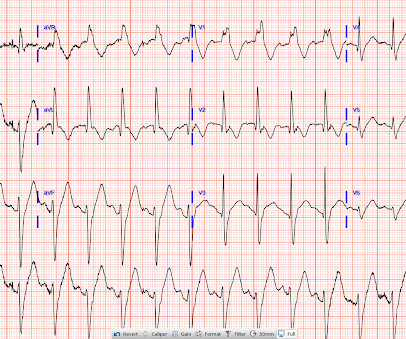
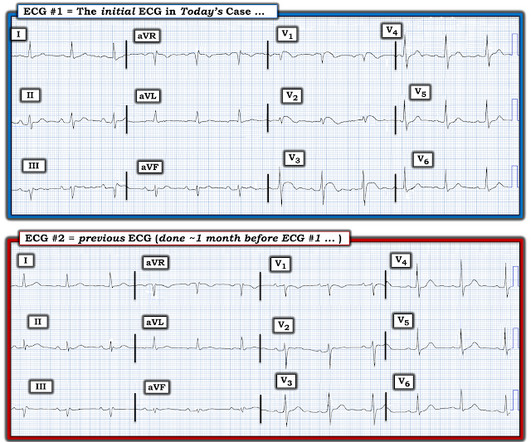


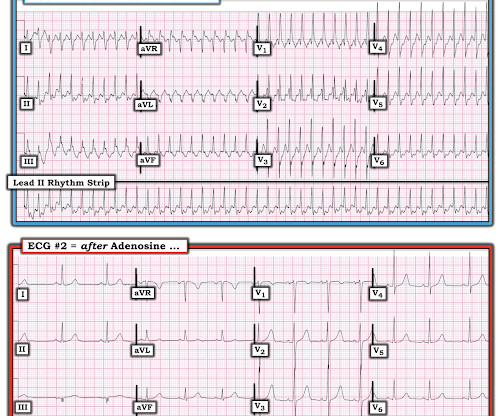
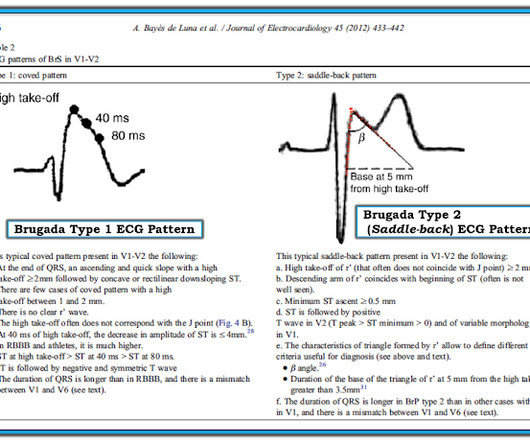
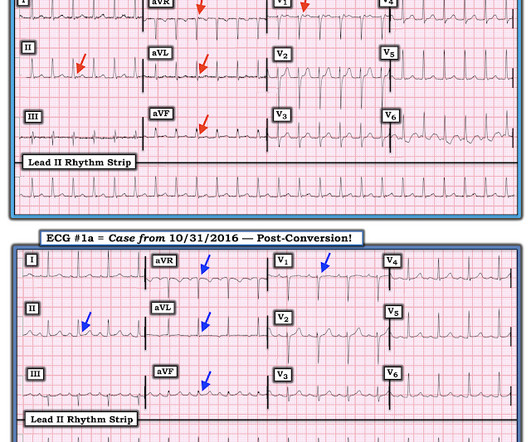
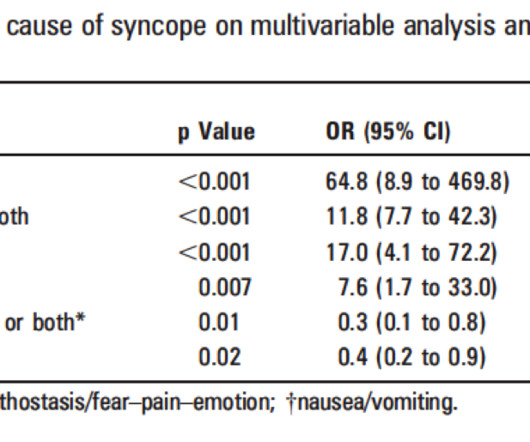






Let's personalize your content